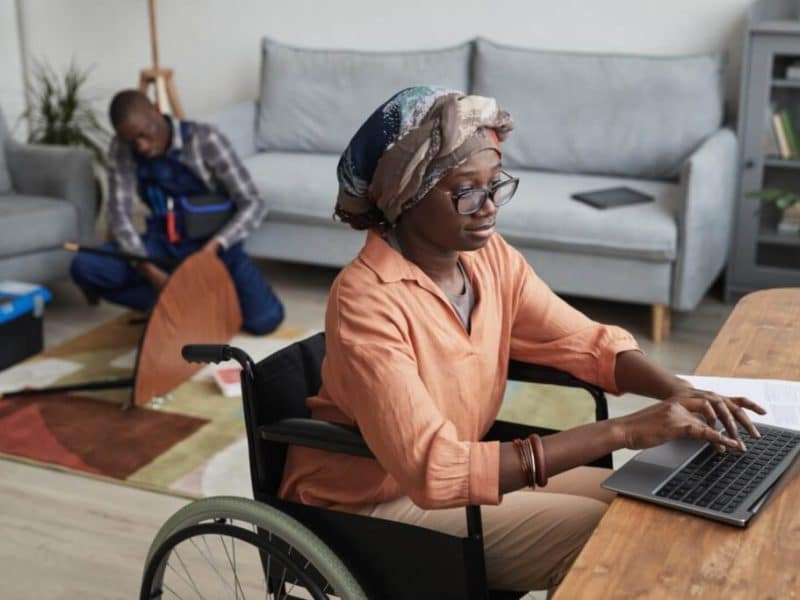
People with disabilities have always faced significant challenges by housing rental increases, but its impact has now become increasingly problematic. According to a recent TD Ameritrade survey, disabled individuals have been impacted the hardest due to their fixed incomes based upon supplemental security insurance, minimum wages, and other limited government programs. Coincidentally, the disabled community also has to tackle medical debts, food insecurity, and other financial hardships while dealing with housing inflation. As a member of the disabilities community living on a fixed income, I identify with these struggles.
Unfortunately, there doesn’t seem to be any end in sight. Real estate developers, state governments, and landlords are benefitting most from rental inflation. Moreover, corporations like Amazon, for example, have been buying land to increase their warehouse space, resulting in less land available to build low income housing. According to Consumer Reports, in the Chicago Gage Park neighborhood, a residential area where more than half the people living within a mile have low incomes, and almost 90 percent are Hispanic, a warehouse location is being built within 1,500 feet of five schools. This corporate expansion has resulted in increased traffic congestion, along with vehicle pollution from the Amazon trucks, affecting the aging disabled community with preexisting health problems.
Further, an increasing number of low-income disabled Americans are currently living on the streets as well as living in their cars due to housing inflation. Living in-vehicle residency holds risk factors due to the lack of safety, running water, inadequate sewage disposal, and ticket fines when parked in illegal areas. According to the National Alliance to End Homelessness, there are over 580,000 homeless people (Males 352,211; Females 223,578; Transgender 3,161; Non-binary 1,460). Approximately 50% of homeless are of African-American descent and 40 percent are disabled, according to the National Alliance to End Homelessness. Of those who are disabled 30 to 40 percent have some form of neurodivergent disability, according to Psychology Today.
The housing crisis has also forced many people, including members of the disabled community, to move into co-living dwellings with multiple bunk beds in one room, or in room rentals. According to CBRE, co-living companies plan to open more than 55,000 beds in the next few years and raise millions of equity to accommodate this growing need. Still, on average, co-living tenants spend up to $1,200 for a bunk bed, including utilities, but have no privacy. As a result of these high costs, along with resource inflation (gas, food, and other basic needs), earning minimum wage does not provide enough funds to live sustainably for low-income disabled individuals.
What can be done? New York State provides several housing programs including Senior Affordable Rental, Mitchell-Lama Reinvestment, Supportive Housing Loan Program, rental lotteries and other programs to improve housing availability for disabled and low-income Americans. The Disability Rent Increase Exemption Program (DRIE) also exempts disabled renters from all rent increases.
Additionally, MacKenzie Scott recently donated $436 million to Habitat for Humanity International and its local affiliates to improve the housing insecurity crisis, and celebrities like Queen Latifah are working on a $14 million multi-family affordable housing project in Newark, NJ, while Jon Bon Jovi have provided close to 1,000 affordable housing units in 11 states.
But with 1 billion disabled people and growing, it is crucial that state governments and disability law organizations press harder to counteract the housing inflation crisis. We must implement ways to benefit taxpayer and allow the disabled community access to property buying power, instead of being “priced out” of the market.



